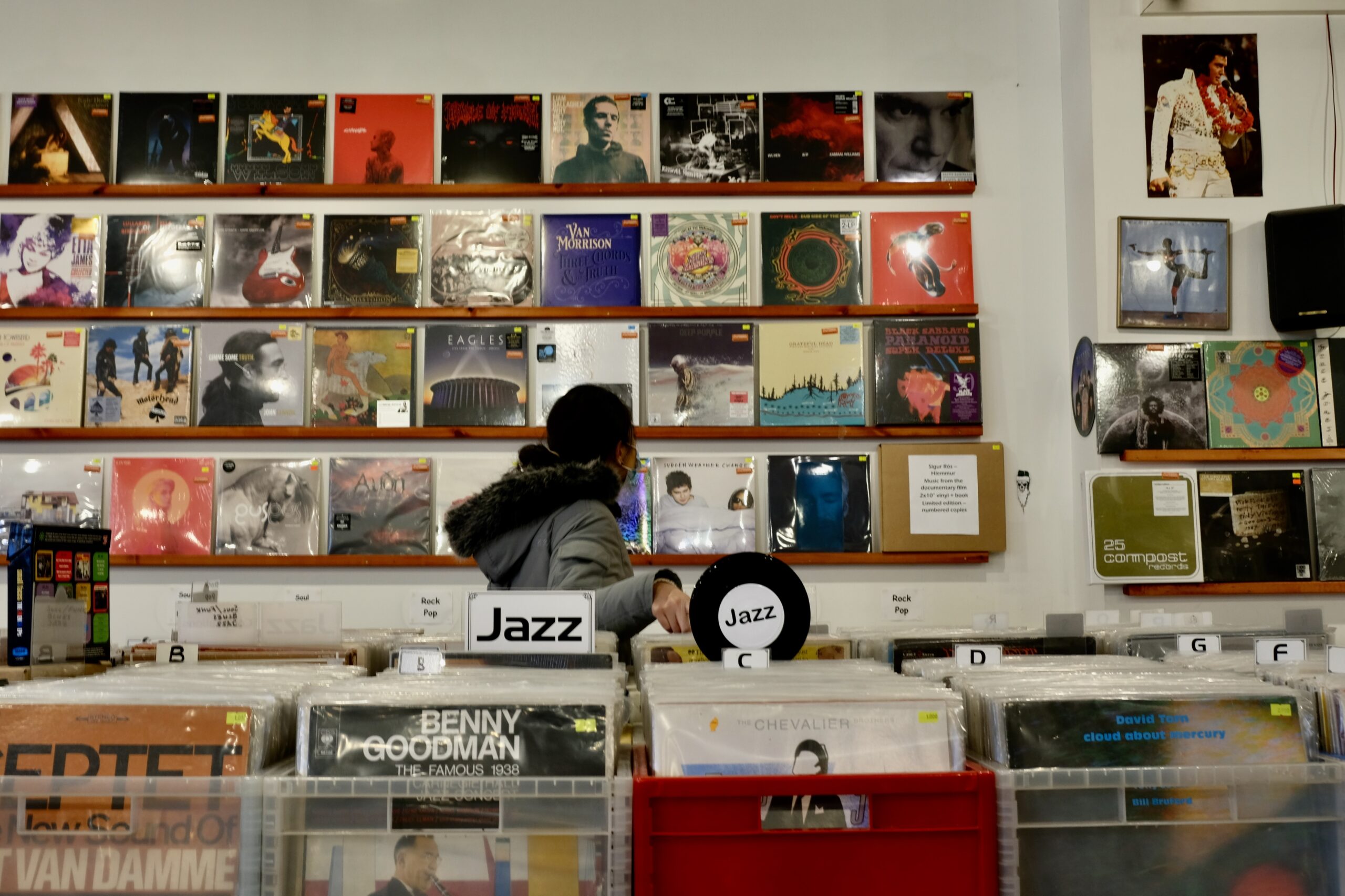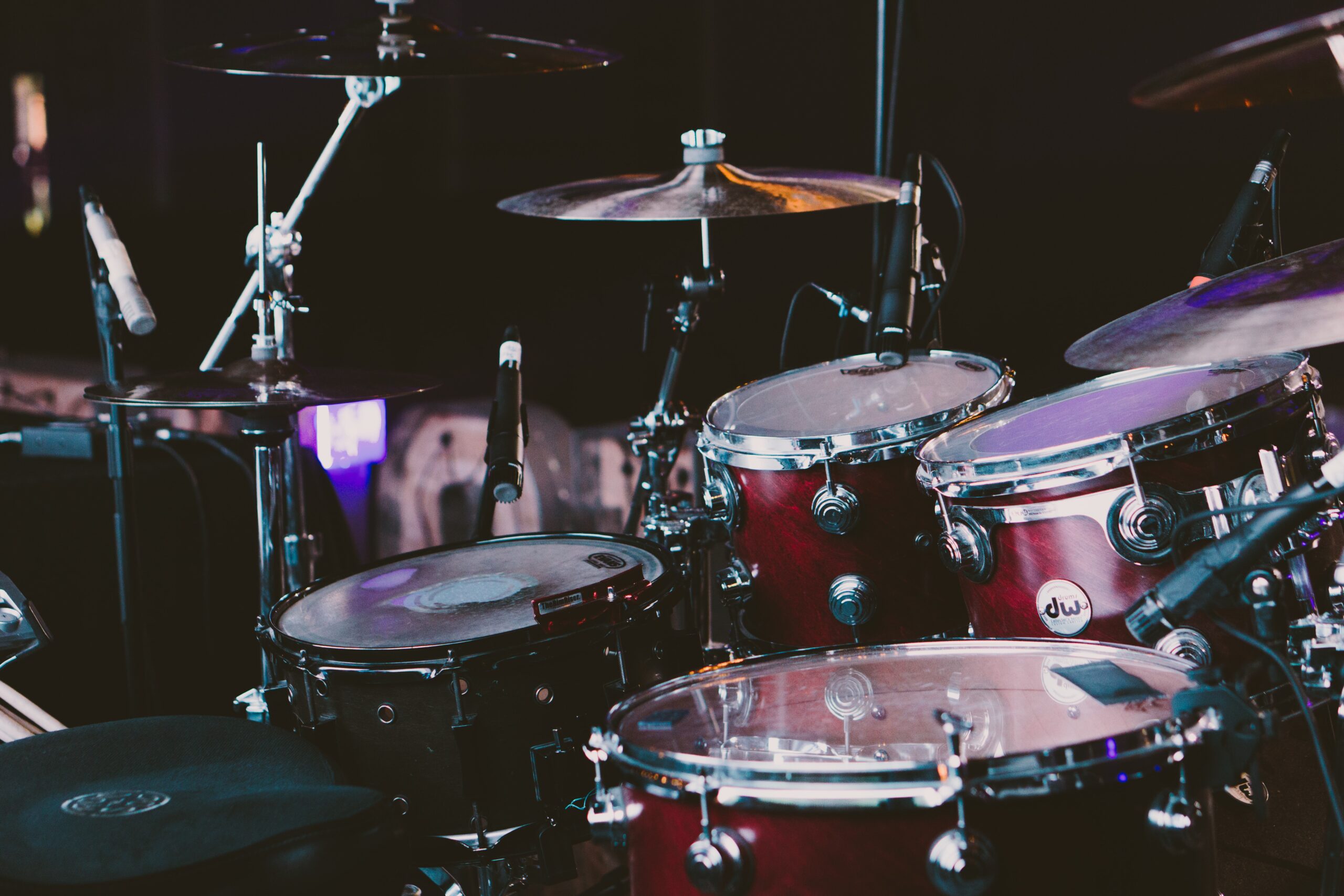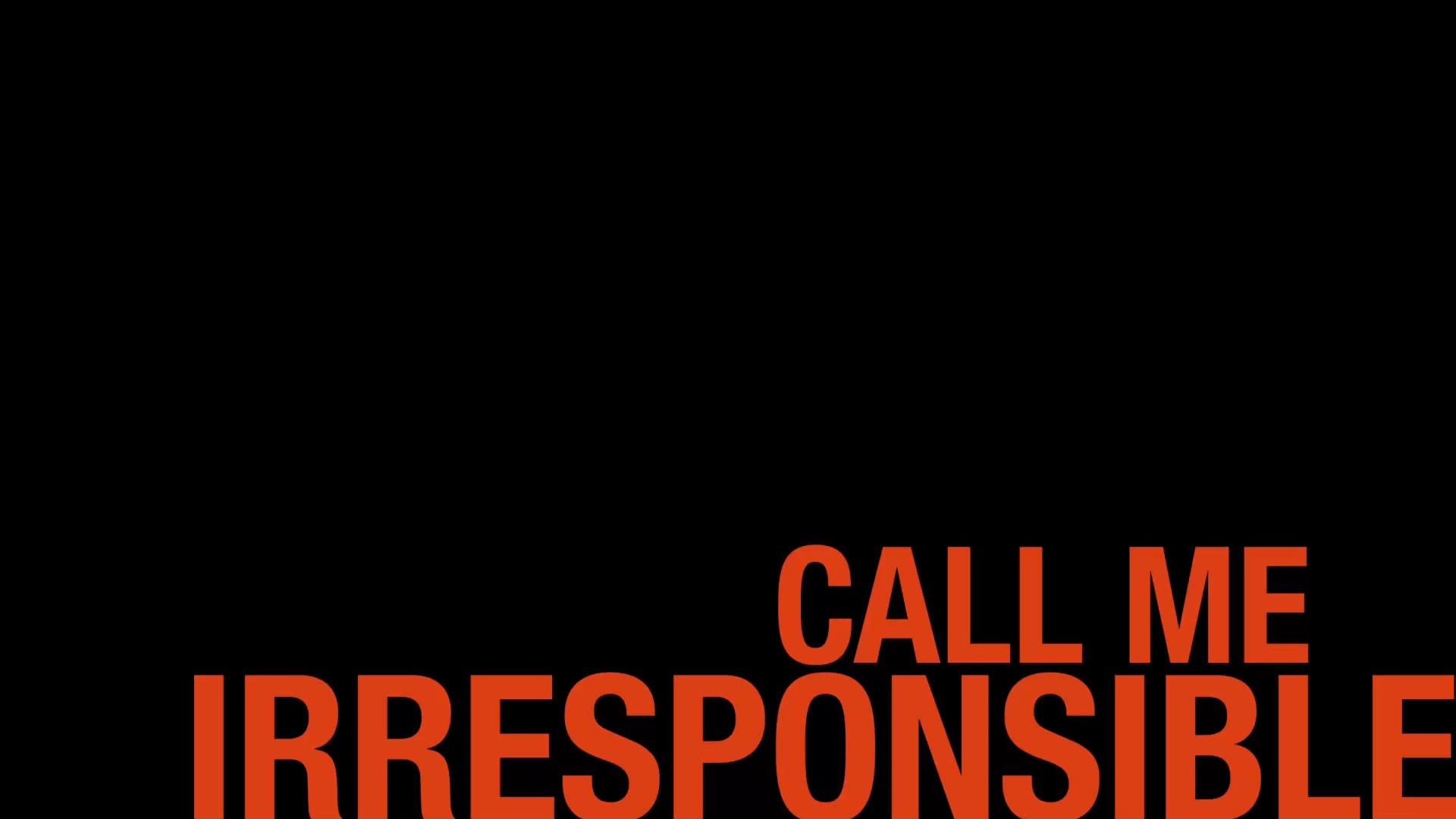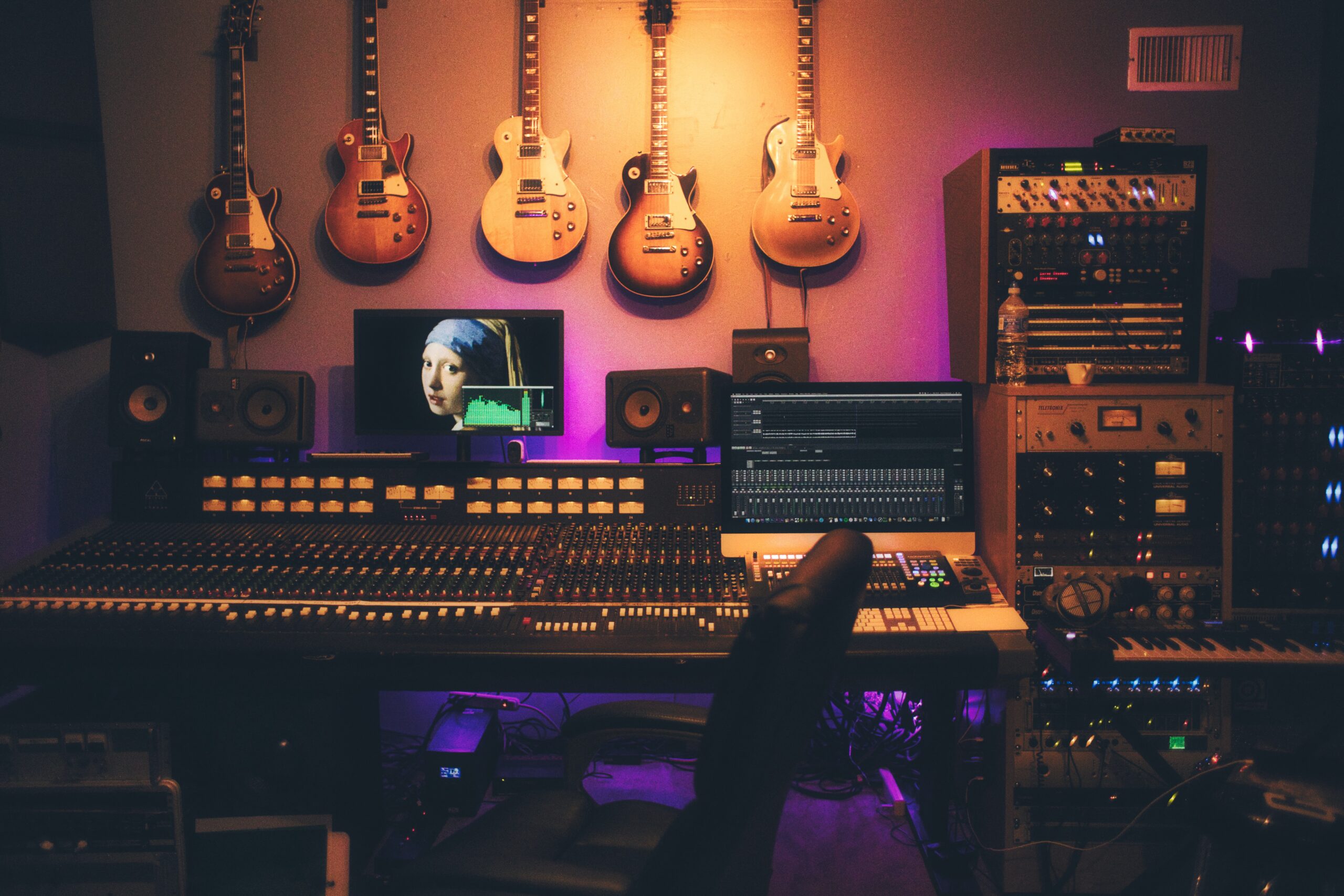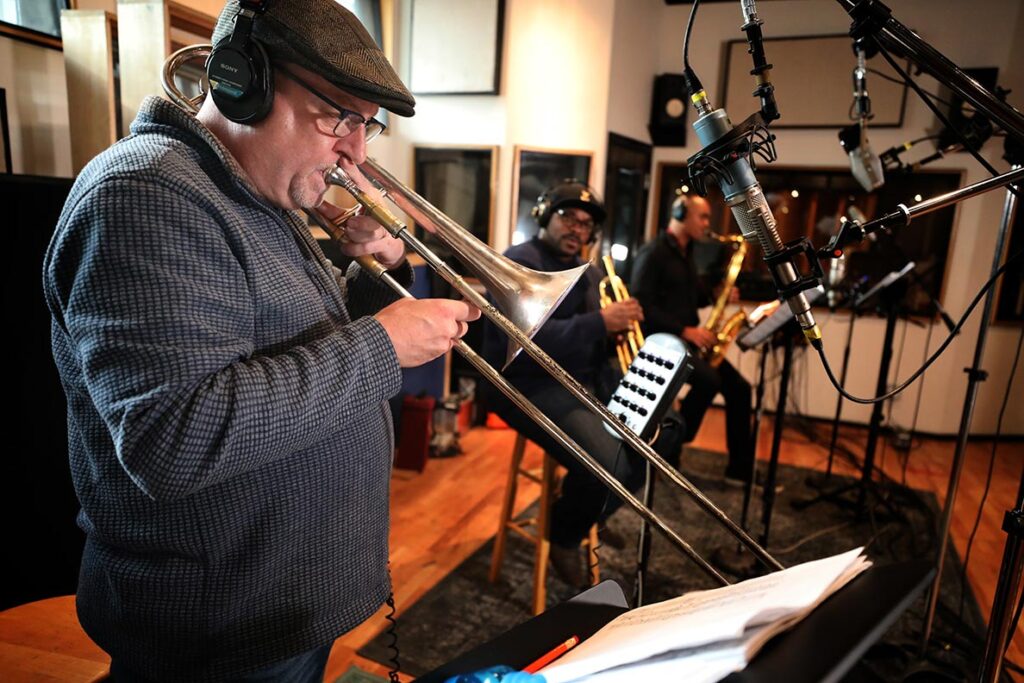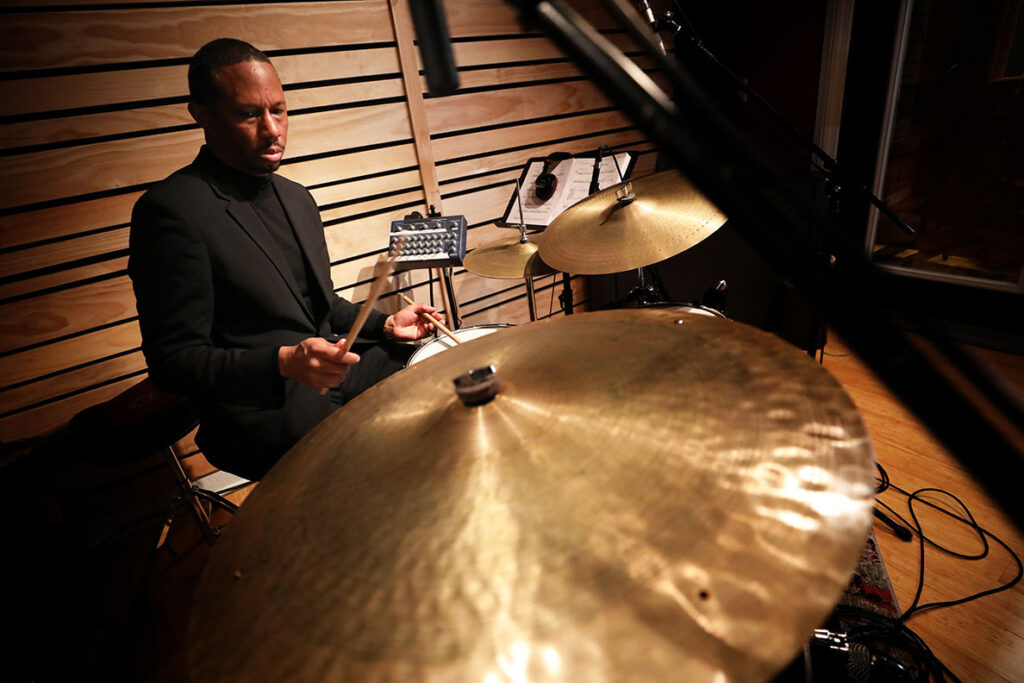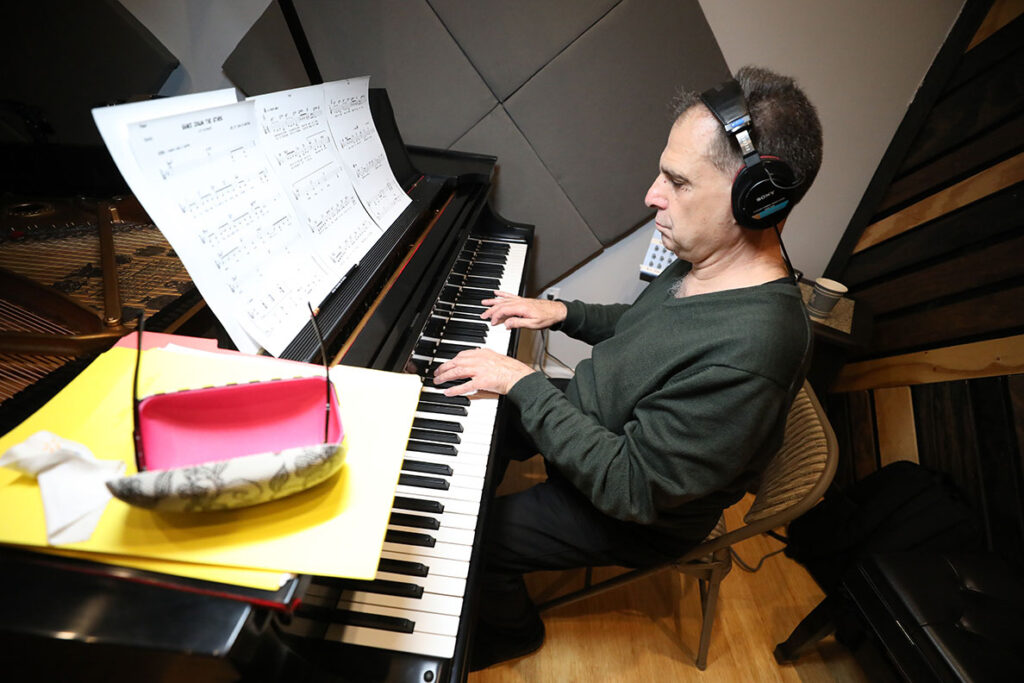Exploring the Evolution and Contrasts of Traditional and Modern Jazz
Swinging Through Time with the Legacy of Jazz
Featured Photo by Pedro Netto on Unsplash
Jazz is a musical genre that has evolved over time, with traditional jazz and modern jazz representing two distinct styles that have captured the hearts of music lovers around the world. Traditional jazz emerged in the early 20th century and is characterized by its improvisational nature, collective playing, and use of brass instruments. On the other hand, modern jazz emerged in the mid-20th century and is marked by its experimentation, individualism, and use of electronic instruments.
Despite their differences, both styles have made significant contributions to the world of music and continue to be enjoyed to this day. In this article, we will take a closer look at the evolution of traditional and modern jazz, exploring their contrasting styles and highlighting some of the most influential artists who have contributed to their development. So sit back, relax, and let’s swing through time as we explore the world of jazz music.
The Evolution of Jazz Music – From Traditional to Modern Jazz
Jazz music started in the late 19th century in New Orleans, Louisiana, and has since then spread throughout the world. The genre has evolved over time, and there are two main styles of jazz music: traditional and modern jazz.
Traditional jazz emerged in the early 20th century and is characterized by its improvisational nature, collective playing, and use of brass instruments. Some of the earliest forms of traditional jazz include Dixieland and New Orleans jazz. Dixieland jazz emerged in the early 1900s and is characterized by its use of improvisation, syncopation, and brass instruments. New Orleans jazz, on the other hand, emerged in the early 1910s and is characterized by its use of collective improvisation and brass band instrumentation.
Modern jazz emerged in the mid-20th century and is marked by its experimentation, individualism, and use of electronic instruments. Some of the earliest forms of modern jazz include bebop, cool jazz, and hard bop. Bebop emerged in the mid-1940s and is characterized by its use of fast tempos, complex chord progressions, and improvisation. Cool jazz, on the other hand, emerged in the late 1940s and is characterized by its subdued tempos, relaxed melodies, and use of non-traditional instruments such as the French horn and flute. Finally, hard bop emerged in the mid-1950s and is a fusion of bebop and gospel music, characterized by its use of bluesy melodies and hard-driving rhythms.
The Characteristics of Traditional Jazz Music
Traditional jazz music is characterized by its improvisational nature, collective playing, and use of brass instruments. One of the most defining features of traditional jazz is its use of collective improvisation, which involves multiple band members improvising at the same time. This technique gives traditional jazz a lively and spontaneous feel.
Another defining feature of traditional jazz is its use of brass instruments. Brass instruments such as the trumpet, trombone, and saxophone are used to create the distinctive sound of traditional jazz. These instruments are often played in unison, creating a rich and full sound that is synonymous with traditional jazz.
Finally, traditional jazz music is known for its lively and upbeat tempo. This tempo is designed to get people up and dancing, and it is a key feature of traditional jazz music.
The Pioneers of Traditional Jazz Music
There have been many influential artists who have contributed to the development of traditional jazz music. One of the most important pioneers of traditional jazz is Louis Armstrong, who is widely considered to be one of the greatest jazz musicians of all time. Armstrong’s innovative style of playing the trumpet and his use of improvisation helped to define the sound of traditional jazz.
Other influential artists who contributed to the development of traditional jazz include Jelly Roll Morton, Bix Beiderbecke, and Duke Ellington. Morton is known for his use of ragtime and blues in his music, while Beiderbecke is known for his lyrical and melodic style of playing the trumpet. Ellington, on the other hand, is known for his use of orchestration and his ability to blend different styles of music together.
The Influence of African-American Culture on Traditional Jazz Music
African-American culture has had a significant impact on the development of traditional jazz music. Many of the pioneers of traditional jazz were African-American, and their music was influenced by the blues and gospel music that was popular in African-American communities at the time.
The use of call-and-response techniques in traditional jazz is also a reflection of African-American culture. Call-and-response involves one musician playing a phrase, and another musician responding with a different phrase. This technique is often used in gospel music, and it has been adapted into traditional jazz music.
Finally, the improvisational nature of traditional jazz is also a reflection of African-American culture. Improvisation has long been a part of African-American music, and it is a key feature of traditional jazz music.
The Characteristics of Modern Jazz Music
Modern jazz music is marked by its experimentation, individualism, and use of electronic instruments. One of the defining features of modern jazz is its use of electronic instruments such as the synthesizer and electric guitar. These instruments are used to create new sounds and textures that were not possible with traditional jazz instruments.
Another defining feature of modern jazz is its focus on individualism. Modern jazz musicians are encouraged to develop their own unique style and sound, and they are often praised for their individuality. This focus on individualism has led to the development of new sub-genres of jazz, such as avant-garde jazz and free jazz.
Finally, modern jazz music is known for its experimentation. Modern jazz musicians are constantly pushing the boundaries of what is possible with jazz music, and they are not afraid to incorporate elements of other genres into their music.
The Pioneers of Modern Jazz Music
There have been many influential artists who have contributed to the development of modern jazz music. One of the most important pioneers of modern jazz is Charlie Parker, who is widely considered to be one of the greatest saxophonists of all time. Parker’s innovative style of playing the saxophone and his use of improvisation helped to define the sound of modern jazz.
Other influential artists who contributed to the development of modern jazz include Miles Davis, John Coltrane, and Thelonious Monk. Davis is known for his use of modal jazz, while Coltrane is known for his complex and virtuosic style of playing the saxophone. Monk, on the other hand, is known for his use of dissonant harmonies and unusual time signatures.
The Influence of Global Music on Modern Jazz Music
Modern jazz music has been influenced by a wide range of global music styles. Many modern jazz musicians have incorporated elements of Latin American music, African music, and Indian music into their music. This has led to the development of new sub-genres of jazz, such as Afro-Cuban jazz and world fusion jazz.
The use of non-traditional instruments in modern jazz is also a reflection of the influence of global music. Many modern jazz musicians have incorporated instruments such as the sitar, tabla, and djembe into their music, creating new sounds and textures that were not possible with traditional jazz instruments.
Finally, the use of electronic instruments in modern jazz is another reflection of the influence of global music. Electronic music has been popular in many parts of the world for decades, and modern jazz musicians have incorporated elements of electronic music into their music to create new sounds and textures.
Contrasts Between Traditional and Modern Jazz Music
Despite their many similarities, traditional jazz and modern jazz are also very different from each other. Traditional jazz is characterized by its improvisational nature, collective playing, and use of brass instruments, while modern jazz is marked by its experimentation, individualism, and use of electronic instruments.
One of the main differences between traditional jazz and modern jazz is their approach to improvisation. In traditional jazz, improvisation is often done collectively, with multiple band members improvising at the same time. In modern jazz, improvisation is often done individually, with each musician taking turns to improvise.
Another difference between traditional jazz and modern jazz is their use of electronic instruments. Traditional jazz is characterized by its use of brass instruments, while modern jazz often incorporates electronic instruments such as the synthesizer and electric guitar.
Finally, traditional jazz is known for its lively and upbeat tempo, while modern jazz often has a more subdued and relaxed tempo.
Jazz Festivals Around the World
Jazz festivals are a great way to experience the world of jazz music. There are many jazz festivals held around the world each year, featuring some of the biggest names in jazz music. Some of the most popular jazz festivals include the Montreux Jazz Festival in Switzerland, the New Orleans Jazz & Heritage Festival in the United States, and the North Sea Jazz Festival in the Netherlands.
Jazz festivals are a great way to experience different styles of jazz music and to discover new artists. They also provide an opportunity to meet other jazz fans and to experience the culture and atmosphere of different cities around the world.
Here to Stay
Jazz music has evolved over time, with traditional jazz and modern jazz representing two distinct styles that have captured the hearts of music lovers around the world. Traditional jazz is characterized by its improvisational nature, collective playing, and use of brass instruments, while modern jazz is marked by its experimentation, individualism, and use of electronic instruments.
Despite their differences, both styles have made significant contributions to the world of music and continue to be enjoyed to this day. From the pioneers of traditional jazz such as Louis Armstrong and Duke Ellington to the pioneers of modern jazz such as Charlie Parker and Miles Davis, jazz music has been shaped by some of the most innovative and influential musicians of all time.
So whether you prefer the lively and upbeat tempo of traditional jazz or the experimental and individualistic nature of modern jazz, there is no denying the enduring appeal of this timeless musical genre.

